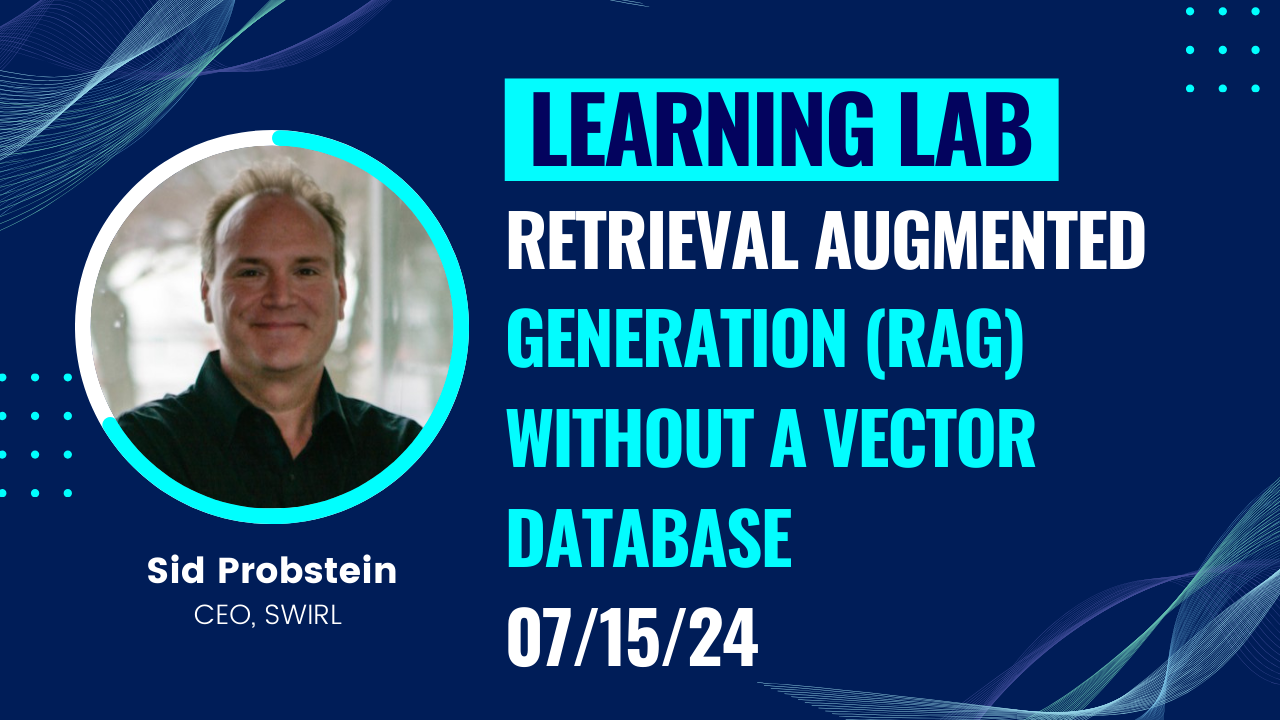AI Sovereignty: Why Inference Costs Matter in the AI Landscape
As enterprises accelerate their adoption of Generative AI (GenAI), a key question emerges: should they rely on cloud-based AI inference, or should...
Cleaning Up Data for Powerful Integrations: Adam Rappaport Explains How to Augment and Automate Workflows
In this presentation, Adam Rappaport, a GAI Insights Analyst from Melbourne, Australia, begins by expressing excitement about the opportunity to discuss the use of ChatGPT and custom-built GPTs to augment and automate workflows, particularly focusing on the work done at GAI Insights. He acknowledges the traditional custodians of the land, the Wurundjeri people of the Kulin nation, and recognizes their ongoing connection to the land, waters, and culture.
Rappaport introduces the daily briefings conducted by their team, highlighting the importance of these sessions, where data is analyzed and summarized. He explains that these briefings result in a daily email that includes a QR code for easy subscription. This process ensures that valuable insights are disseminated to subscribers, providing ratings and rationales for the discussed topics.
A significant issue that Rappaport identifies is the loss of historical data for those who aren’t subscribed, or for those who subscribe later. To address this, the team developed a ratings page on the GAI Insights website. This page includes dates, ratings, titles with hotlinks, and rationales for articles. Users can filter by rating, and search by keywords to find relevant news.
Rappaport shares his experience of building this page with the assistance of custom ChatGPT bots, despite not being a programmer. Teams, he says, utilize these bots to handle tasks like filtering, rating, and keyword management. The bots, which continue to assist in maintaining the page, enable users to automate the process of updating the database with the latest news efficiently.
In addition, Rappaport details how GAI Insights people use custom GPTs to augment their workflow. He describes one such GPT, the Data Prep Assist Bot, that is designed to extract information from daily emails, clean it up, and compile it into a CSV file for database upload. The bot also removes unnecessary URL parameters to ensure clean data entry. Rappaport highlights the iterative process of refining the bot's instructions to achieve the desired outcomes, emphasizing the importance of detailed and clear prompt engineering. He discusses the evolution from augmentation to automation. By leveraging custom actions within ChatGPT, the technology automates tasks like updating the HubSpot database directly, without manual CSV uploads. This automation is achieved through integrating an API key and schema, enabling the bot to communicate with the database back end seamlessly.
The talk includes a live demonstration of the automation process, showcasing how the bot extracts data from an email, converts it into the required format, and updates the database in real time. This demonstration illustrates the efficiency and power of using ChatGPT for automating repetitive tasks, ultimately enhancing productivity.
Throughout the presentation, Rappaport emphasizes the iterative nature of working with AI, where continuous refinement and learning are crucial. He touches on the importance of clarity in writing specifications and instructions, which is a challenging but essential aspect of leveraging AI effectively.
The session concludes with a Q&A segment, addressing concerns about the security of generated code and the challenges of writing clear specifications. Rappaport notes that even when professionals do not deal with sensitive data, they recognize the importance of security considerations for professional developers. He discusses the potential for future integration of security checks in automated pipelines.
In discussing the iterative nature of working with AI, Rappaport references Marvin Minsky, a pioneer in the field of artificial intelligence. Minsky, a founder of the MIT AI Lab, often emphasized the complexity of writing clear instructions and the necessity of detailed algorithmic thinking. This ties into Rappaport’s point about the challenges of prompt engineering and the iterative process required to achieve precise outcomes with AI tools like ChatGPT.
Overall, the talk provides an insightful look into how custom ChatGPTs can be used to assist, augment, and automate workflows, highlighting practical applications, challenges, and the iterative nature of working with AI to achieve optimal results.

As enterprises accelerate their adoption of Generative AI (GenAI), a key question emerges: should they rely on cloud-based AI inference, or should...

In this presentation, Sid Probstein, CEO of SWIRL, began by highlighting his background in search and natural language processing. He...

For the love of green beans and other good food everywhere, can we please stop using the term "hallucination" when talking about Generative AI? It’s...
Trusted by companies and vendors around the globe - we help you cut through the noise and stay informed so you can unlock the transformative power of GenAI .
Join us at this year's Generative AI World! Hear from enterprise AI leaders who are achieving meaningful ROI with their GenAI initiatives and connect in-person with the GAI Insights members community including C-suite executives, enterprise AI leaders, investors, and startup founders around the world